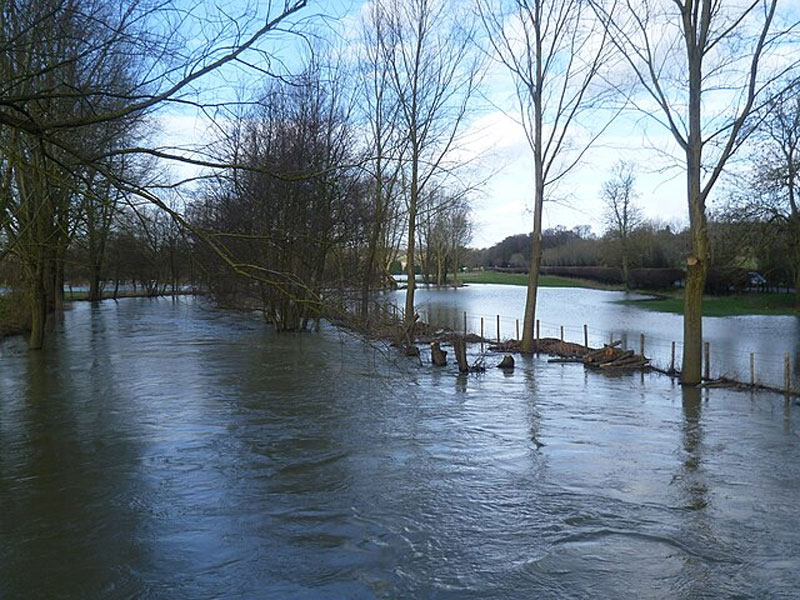Rivers, springs, marshes and other watery places were significant to our prehistoric, Romano-British and early medieval ancestors. We know this because offerings were made and shrines and temples were sometimes built in such places during these periods. We have no way of knowing for sure why these places were important, but we can guess that they were perhaps associated with what we (as modern people) might term the supernatural. For example, they may have been seen as a gateway to an ‘otherworld’, an abode of the ancestors, or were associated with a god or goddess.
This project will consider whether the River Stour, its floodplain and its tributaries in and around Chilmington represented such a place. For example, is this why two high status Iron Age warrior burials and an associated Iron Age to Romano-British shrine were found on the outskirts of Chilmington Green at Brisley Farm, along with a second Romano-British shrine nearby at Westhawk Farm? Are there any other sites or features that underlie the modern landscape of Chilmington Green that support this idea? The focus of our research will be Chilmington Green itself, but to better understand the patterns that we reveal, we will compare our results from the Chilmington area with other examples of ‘ritual’ activity in watery places from further afield.

The Great Stour in flood.
Structured Deposition in the Stour Valley
What is structured deposition? Find out what we mean by this term here.
If there were places within the Stour Valley that were of ritual importance to people in the past (see ‘Ritual Locales’ above), then it is worth considering what structured deposits have been identified there to date. Consequently, our research team will compile a gazetteer of suspected structured deposits from the study area and neighbouring parts of the Stour Valley, relating to all periods. We will see if any patterns exist between the objects present, the places (or ‘contexts’) in which they were found, their age, and their wider landscape setting. Do they fit within any previously identified regional or national trends, and what can this tell us about belief and ritual in the Stour Valley?
